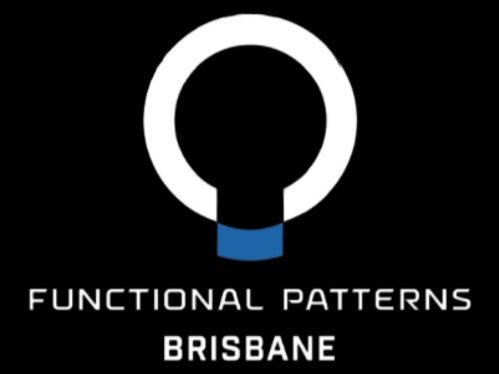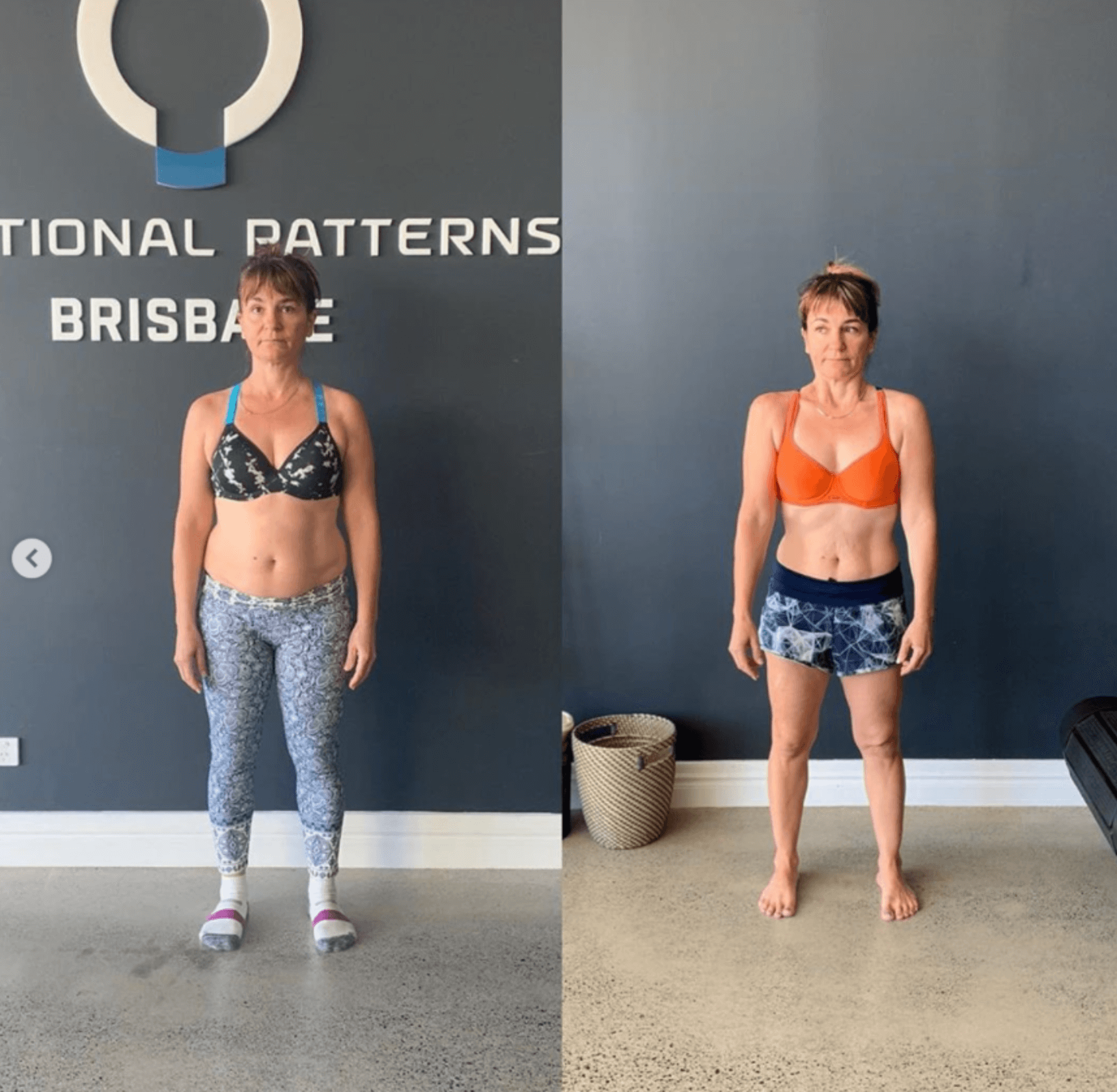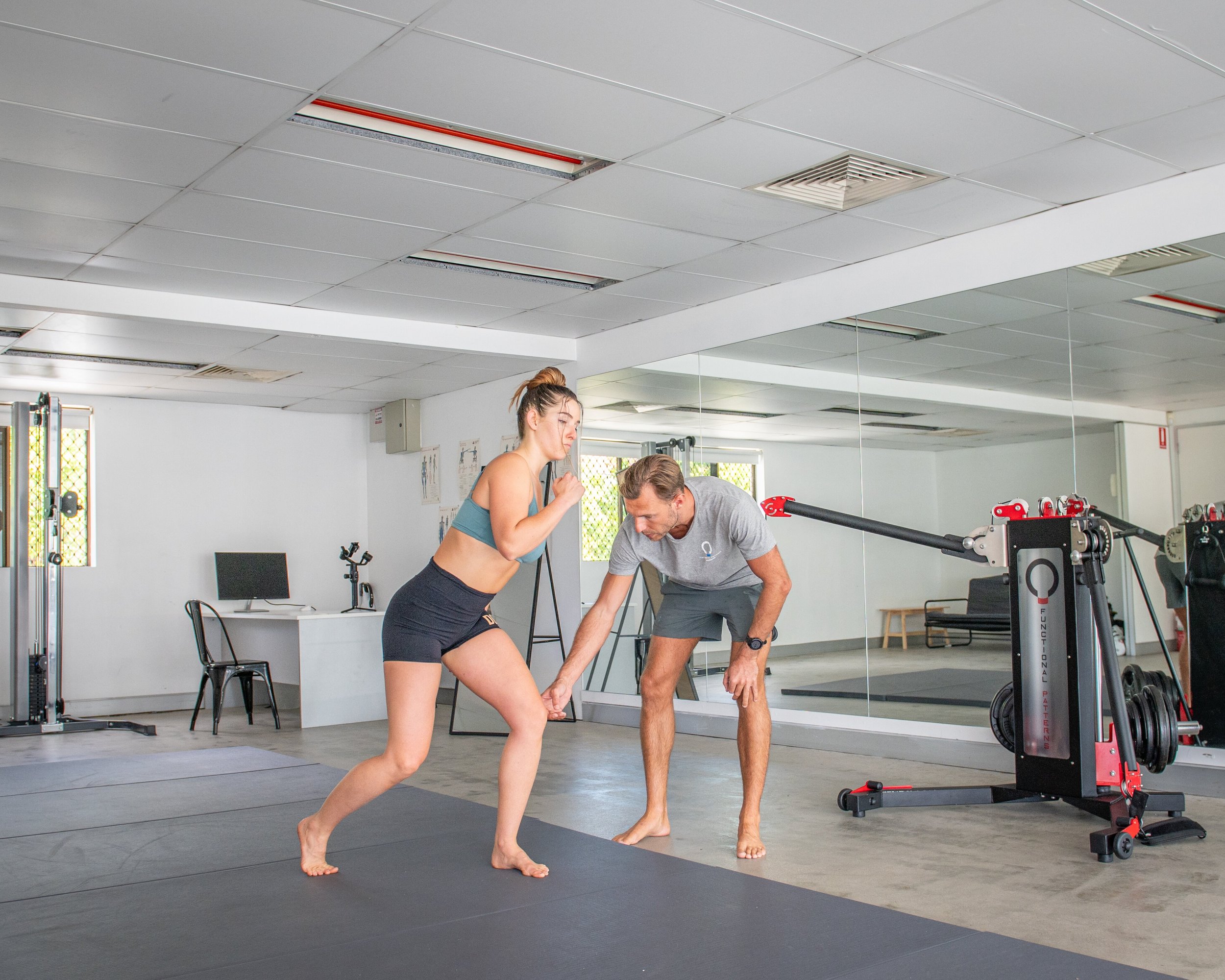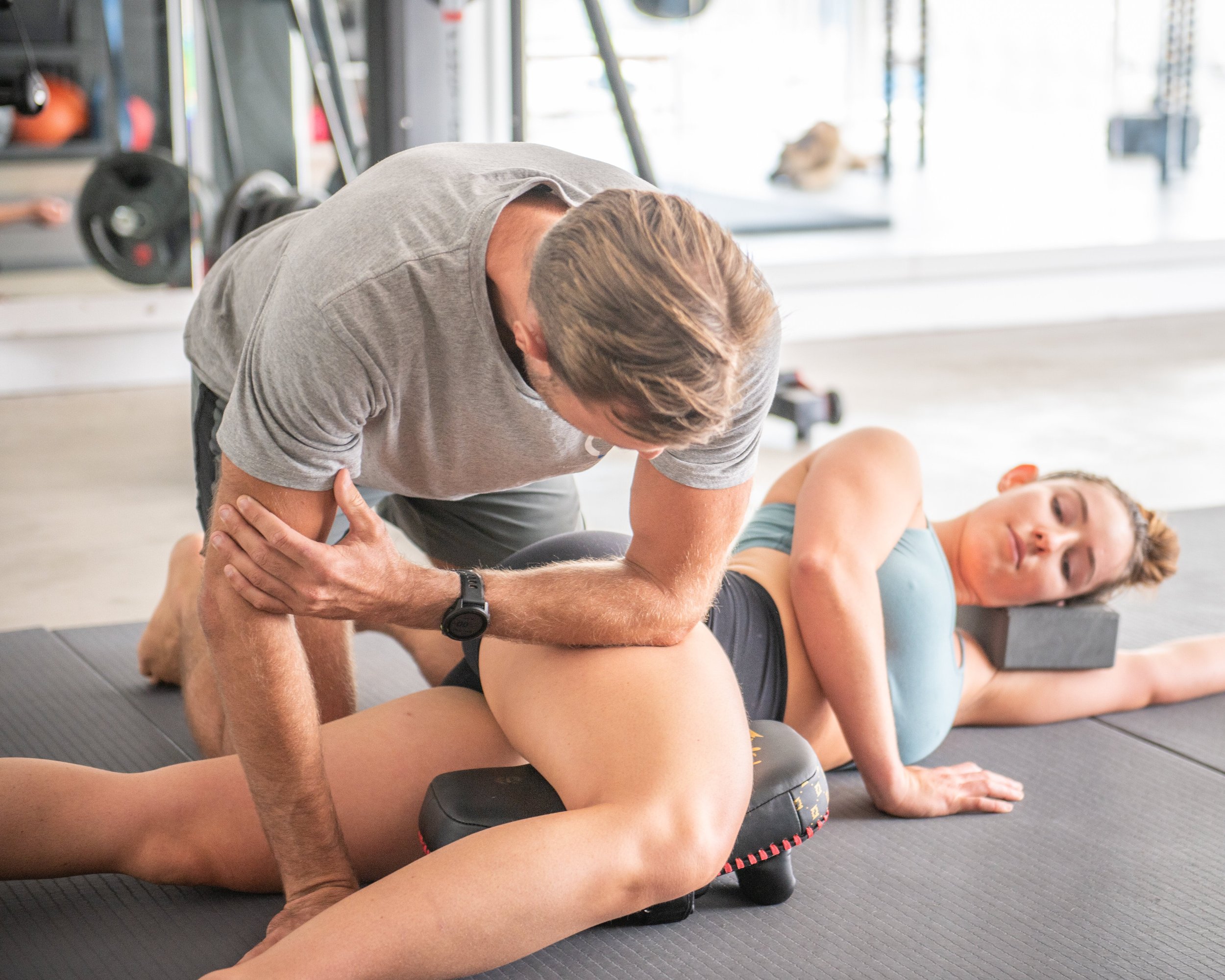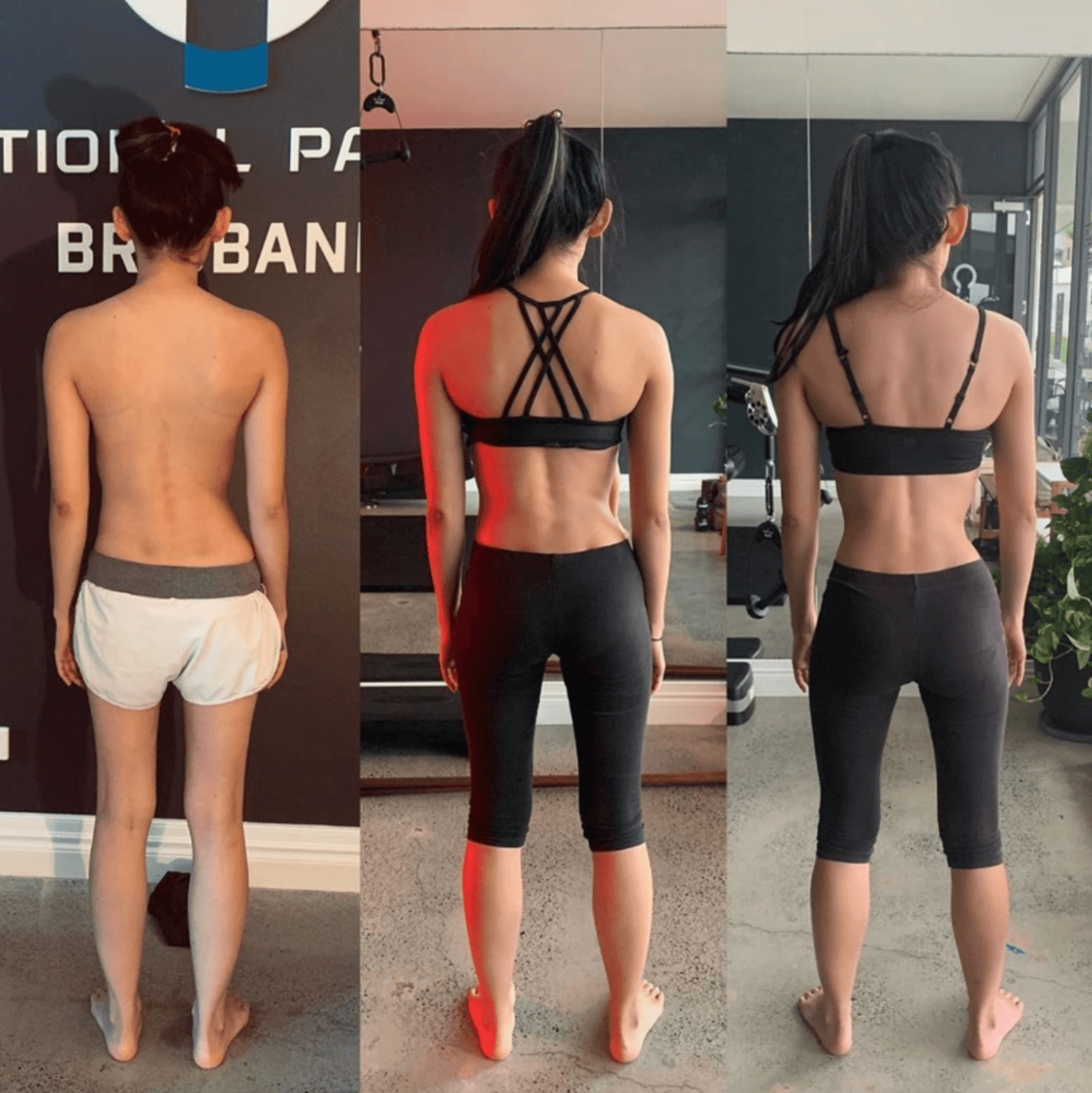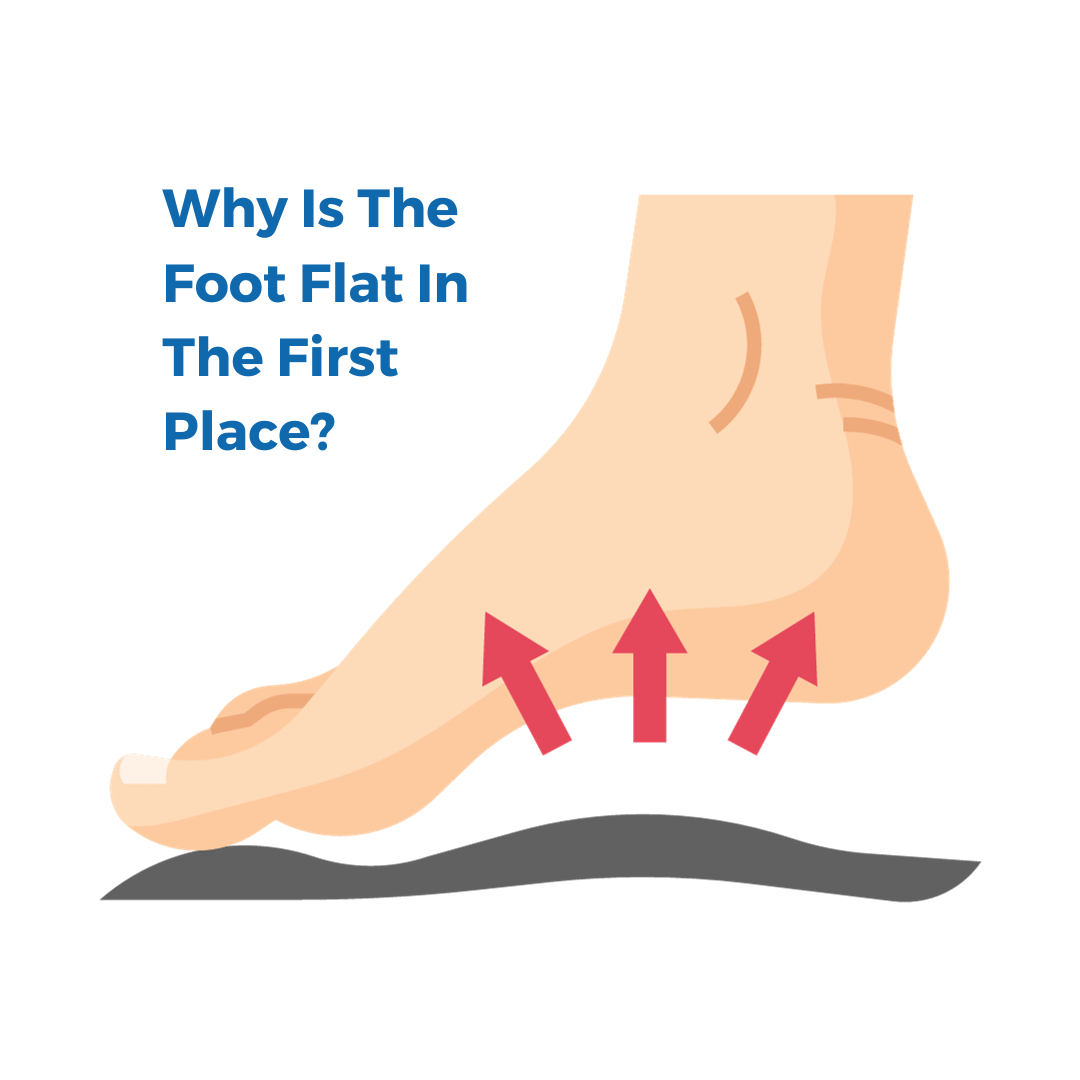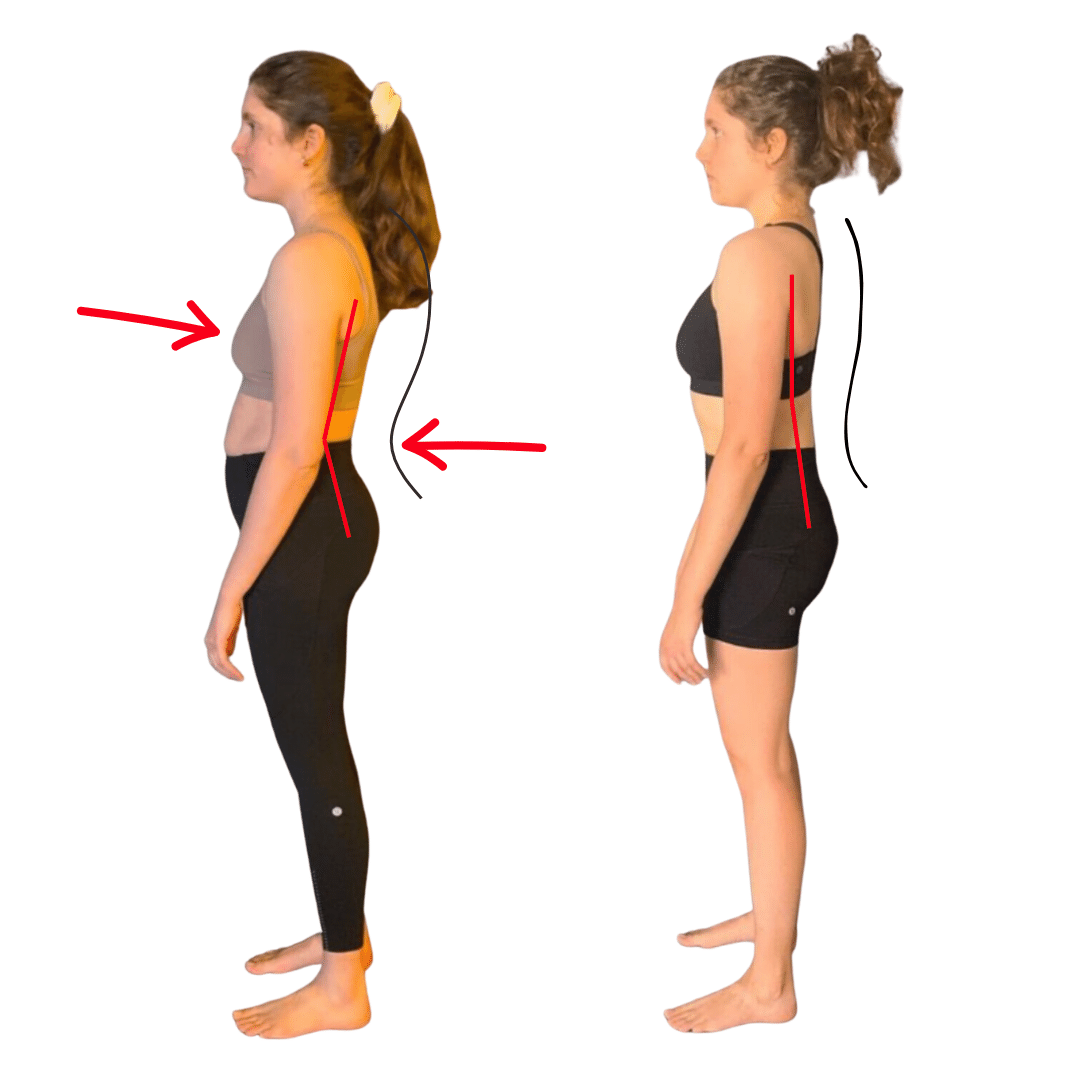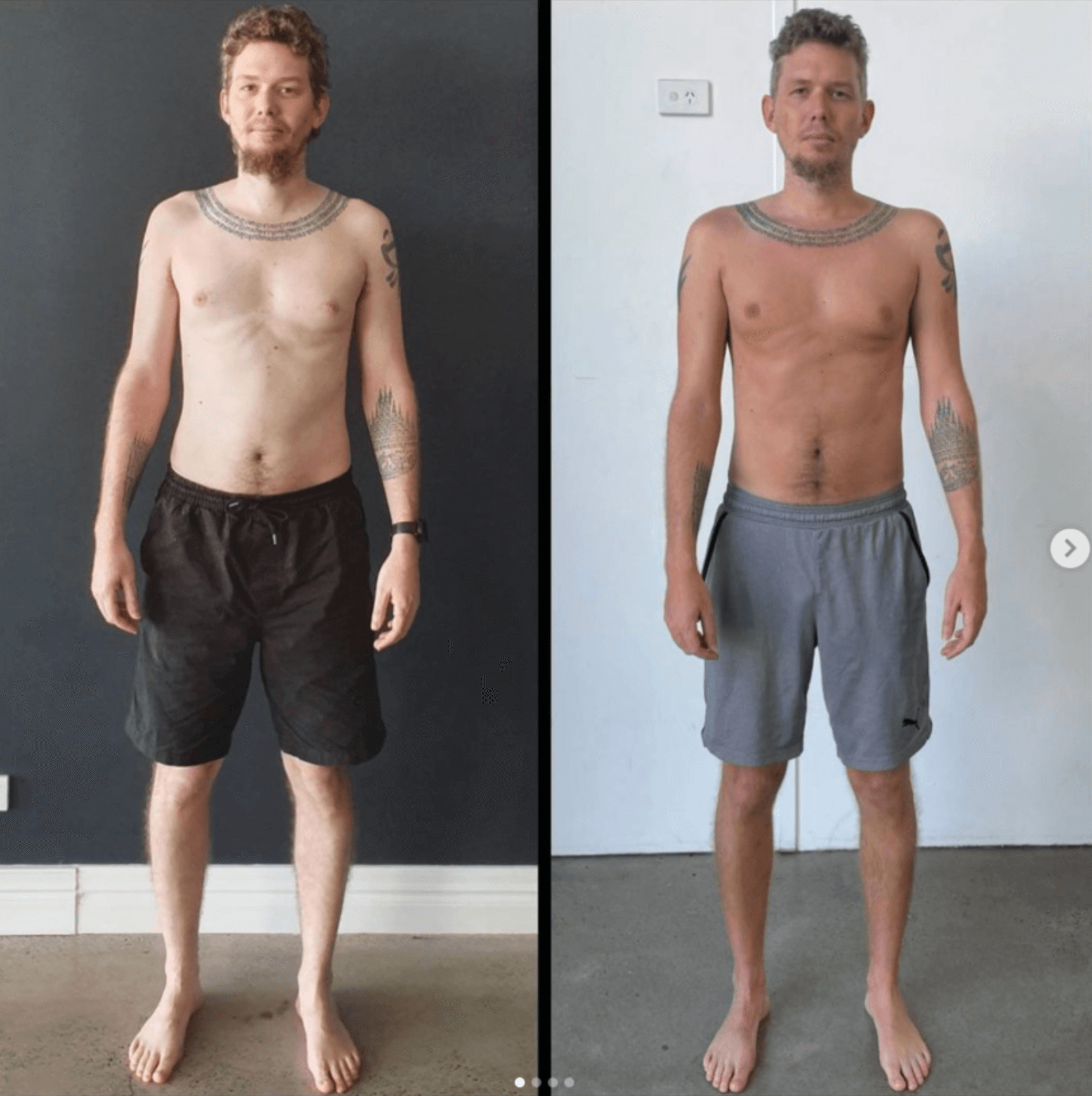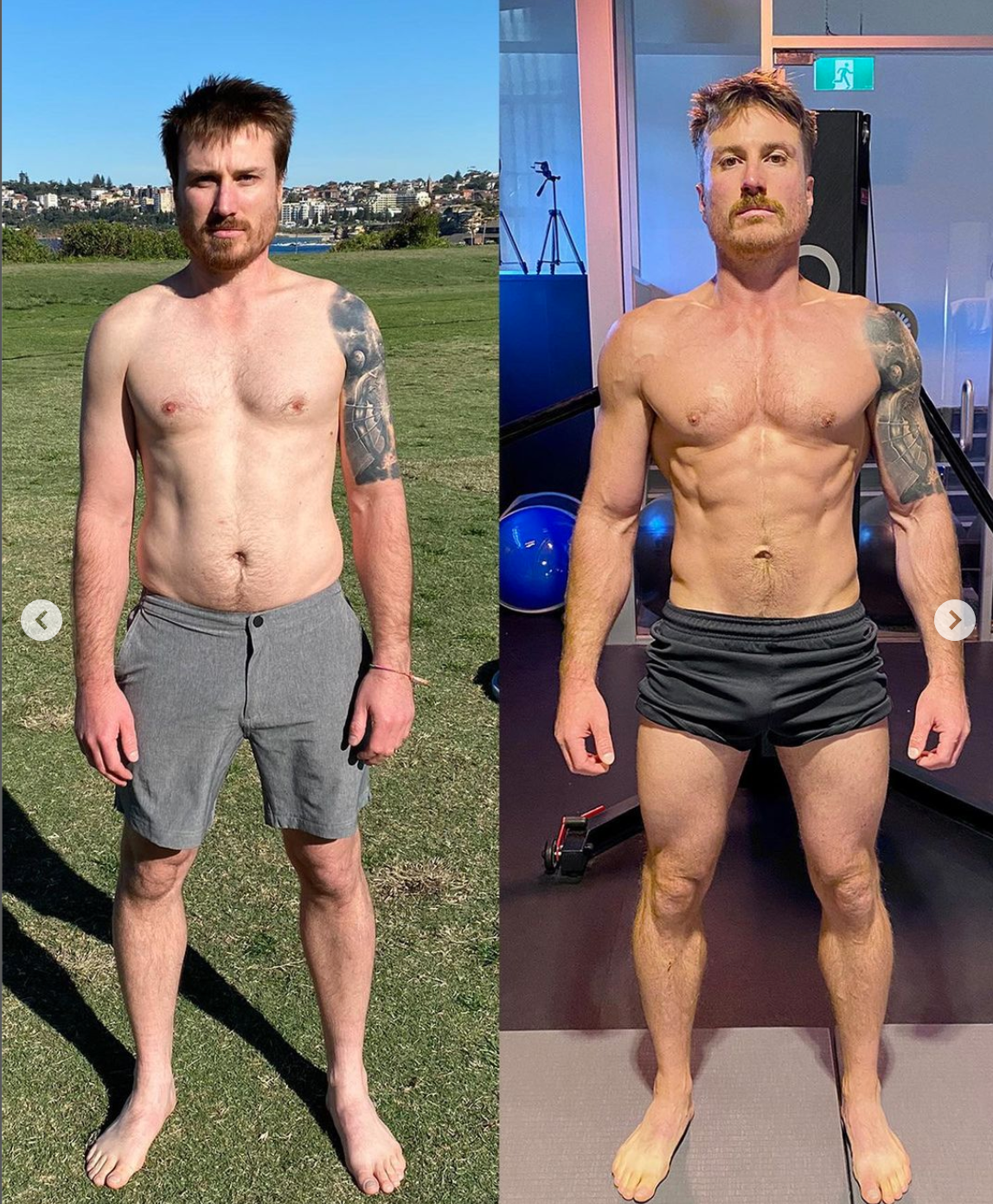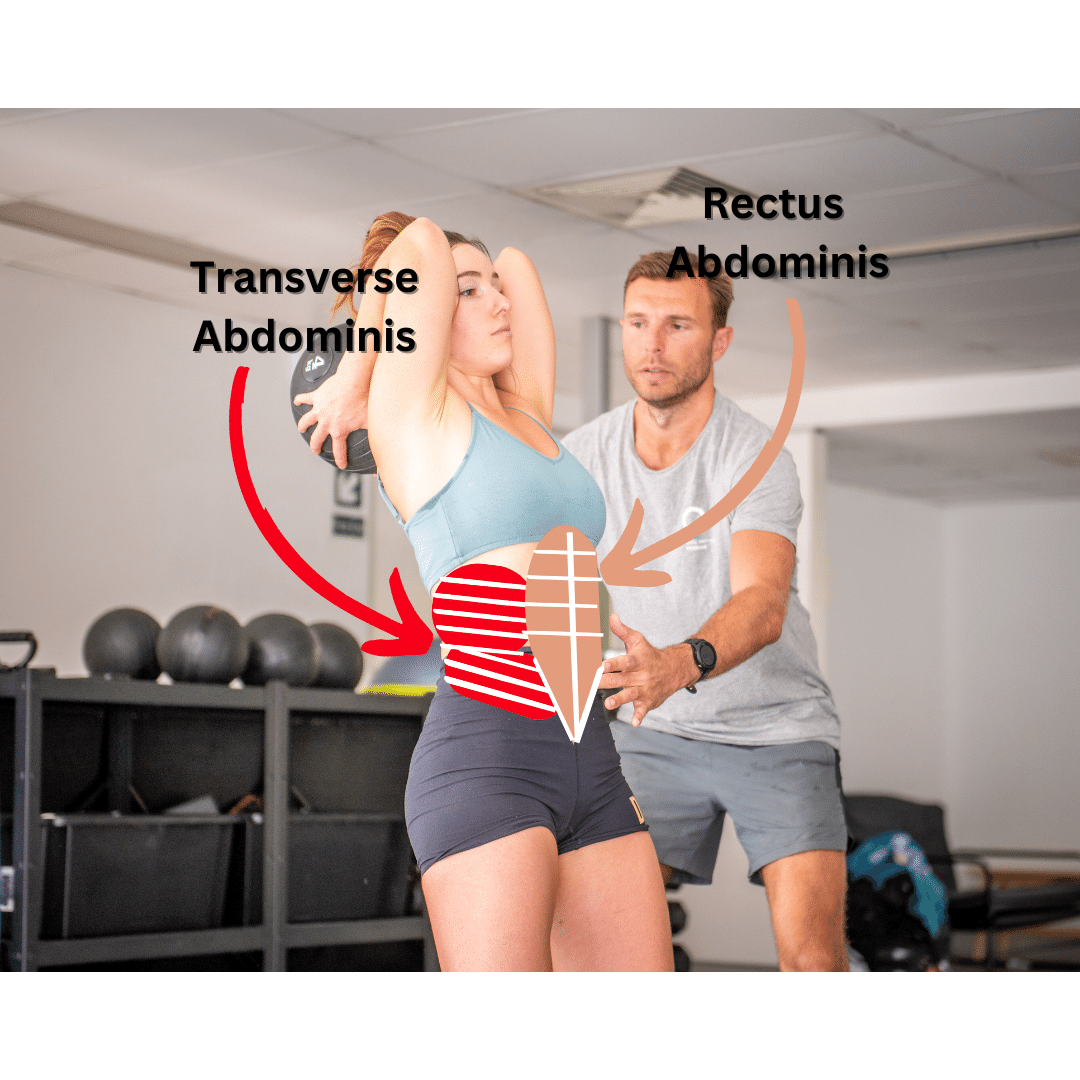Learn more about your body and health with these functional patterns based blogs
Looking For A Particular Topic?
Does Sitting Cause Back Pain?
The main structures in most movements are the glutes, core and thoracic spine (upper part of the back). In the case of the office worker, the glutes are always stretched in a seated position and the core is always slightly shortened in the seated position. These two major muscles lack correct use and the stretching/contracting they need to function optimally when you eventually stand up.
How To Improve Your Posture in 5 Steps
Posture, commonly associated with the mere alignment of our bones, is actually a complex interplay of biomechanics, muscle function, and even internal health. There's a saying in the world of biomechanics: "Function dictates form". Meaning, the way our body functions biomechanically, largely influenced by our daily habits, can mould our form or posture. At Functional Patterns Brisbane, we've deconstructed this complexity into five actionable steps you can undertake to better your posture, and subsequently, your overall biomechanical health. Here's a guide to aid your journey:
Does 'Pulling Your Shoulder Back' Make Posture Better or Worse?
We've all heard it at some point: "pull your shoulders back!" Typically, this directive comes from well-meaning friends, family, or even health professionals. While it's often hailed as a quick fix for poor posture, we must dissect the mechanics behind it to truly understand its implications. Does retracting the shoulders genuinely improve posture, or could it exacerbate the problem?
Everything You Need to Know About Kyphosis and How to Fix It
Gravity relentlessly exerts force on our spine, intending to pull it downward. Ideally, our core muscles should be robust enough to resist this constant force, supporting our spinal structure. However, when the TVA and the lower core muscles lack the necessary tension, our spine succumbs to gravity, bending into a kyphotic posture. Learn how to treat your kyphosis for a permanently straighter spine, a tighter core and better glutes!
Elbow Pain: A Permanent Solution in Brisbane
he question then arises: what protocols best serve this purpose?
Initially, we recommend curtailing activities aggravating the elbow, reducing stress on the affected musculature. Adherence to a diet eliminating inflammatory foods further supports tissue recovery and reduces pain symptoms.
Most crucially, addressing biomechanical deficiencies remains paramount. A systematic evaluation of posture and movement informs corrective strategies, fundamental to alleviating pain. For a structured approach, consider the 10 Week Online Course, focusing on rectifying postural dysfunctions.
Navigating Life with Ehlers-Danlos Syndrome: The Role of Exercise and Functional Patterns Brisbane
Ehlers-Danlos syndrome (EDS) presents a labyrinth of challenges that significantly impact one's quality of life. Unravelling effective strategies to manage this complex connective tissue disorder is crucial. In this article, we explore the common manifestations of Ehlers-Danlos syndrome, the imperative for specialised physical training, and how Functional Patterns can revolutionise your approach to living with EDS.
Comprehensive Shoulder Rehab in Brisbane: Your Guide to Rotator Cuff Recovery
The notion that rotator cuff injuries result solely from "overuse" is simplistic. Numerous individuals in Brisbane and beyond heavily rely on their shoulders without issues, likely due to more mechanically sound usage. Understanding the shoulder's ideal mechanical use, offering both strength and relief, is crucial.
Exploring Knee Replacement in Brisbane: Costs, Procedures, and Alternatives
Knee replacements involve the surgical substitution of damaged knee components with artificial parts, typically composed of metal or plastic. While this operation can provide pain relief, it sometimes results in continuous discomfort.
In Brisbane, like in many places globally, the necessity for knee replacements is growing, especially amongst younger populations. The procedure, promising mobility restoration, comes with its own set of challenges, including the possibility of persistent pain or movement limitations post-surgery.
The Role of Fascia in Chronic Pain: Pathways, Mechanisms, and Functional Patterns
The human body is an intricate web of connective tissue, known as fascia, enveloping muscles, bones, and organs. This critical anatomical feature remains a mystery in many chronic pain contexts, such as myofascial pain syndrome. Our understanding, though deepening, highlights fascia not just as an inert layering but as a dynamic structure influential in pain perception and propagation, especially in chronic conditions.
Rediscovering Kinesthetic Intelligence: A Lost Dimension of Learning
In the spectrum of educational methods, modern systems have distinctly favoured visual and auditory learning, sidelining an essential component of human intelligence and understanding - the kinesthetic aspect. In fact, I struggled to find any research articles about KQ, with the research favouring various other types of intelligence. Kinesthetic Intelligence, or KQ, represents the wisdom of the body, an evolutionary, biological knowledge deeply rooted in movement, physical interaction, and the sensory feedback derived from these experiences.
Can You Fix Scoliosis Using Exercise?
The main reason is that your body is going to be stronger on one side and weaker on the other. Some muscles are going to be the stars of the show while others quietly atrophy. When you exercise, you are going to use the strong muscles and make them even stronger. This will make the weak muscles even weaker and continue to pull your spine further into a scoliosis.
Why Orthotics are Not a Permanent Solution: A Dive into Biomechanics and Homeostasis
In the realm of functional patterns and biomechanics, it's a common narrative to seek external solutions for internal or inherent issues within the body. One such sought-after remedy for individuals facing foot or lower leg issues is orthotics. Though orthotics can offer a temporary respite, it's pivotal to understand that they aren't a permanent solution. Let’s delve deeper into why this is the case, aligning our focus on the principles of biomechanics and the body’s unyielding endeavor to achieve homeostasis.
Will You Have To 'Force' Good Posture Forever? Or Can Posture Changes Feel Natural.
A common posture and context is a kypholordotic posture observed in an office worker. Essentially, the backside is always passively stretched out in a seated position and the frontline is always passively shortened in a seated position. This causes the glutes to ‘forget’ how to contract and move forward properly, and it helps the lower stomach ‘forget’ how to function when it is not in a seated position. When that individual stands up, their hips are not supported by their lower core or their glutes, so they just fall forward. The back reciprocates the motion and hunches backwards.
Why Kids & Teenagers Should Get A Gait/Running Analysis
This is why we focus our training around the FP First Four: standing, walking. running & throwing. When you focus on the types of movement we do the most throughout our lives it gives you a leg up on everybody who’s still focused on building muscle on a crooked posture that doesn’t serve a purpose. We focus on building better posture first then move to packing muscle on a solid foundation that serves the purpose of helping us walk and run. Because, at the end of the day when we’re in our 90’s all we want to be able to do is not lose muscle while being able to walk and run without the risk of falling.
Why You Need Daily Sunshine To Be Healthy: Biomechanics & Skin Cancer
The sun has been a constant presence throughout human evolution, shaping our biology and providing essential health benefits. However, the modern world's concerns about skin cancer have led to a surge in sunscreen usage. Paradoxically, as sunscreen use has increased, so has the incidence of skin cancer. In this blog, we'll explore the complex interplay between sunlight, skin health, and overall well-being, drawing insights from scientific research on the importance of natural sunlight.
Why You Get Sciatica - The REAL Reason, & How To Stop It.
Sciatica pain can be an incredibly debilitating condition, and many individuals suffering from it often turn to stretching and mobility exercises for relief. While these exercises may offer temporary respite, they often fail to address the root cause of the problem. In our exploration of sciatica pain, we've discovered that it is frequently linked to a posterior pelvic tilt—a structural issue that can lead to a compressed spine and tight muscles, ultimately triggering sciatica pain.
Why Compound Lifts Are Still Not Functional: Why It Is Still Isolation!
The deadlift is touted as one of the kings of all exercise, yet so many people fail to see the damaging effects it has on the body over time. As it relates to the posterior chain, doing a loaded bilateral hip hinge and staying stuck in the saggital plane has little to no transferability to how humans move. When you look at world champion athletes function it’s clear that the the transverse plane, frontal plane and saggital plane all have to work together at the same time to create propulsion in the body.
The Transverse Abdominis (TVA) vs the Superficial Abs (6 Pack): Why It's Crucial To Know The Difference
Understanding the difference between the Transverse Abdominis (TVA) and the superficial abs (Rectus Abdominis) is crucial for a comprehensive approach to core fitness. While the six-pack may be the eye-catching component, the TVA is the unsung hero, providing core stability, injury prevention, and improved overall health.
Why Your Lower Core Doesn't Work: Addressing Diet & Intra-Abdominal Pressure
A robust and functional core is not just about aesthetics; it's crucial for overall health and well-being. Your core muscles are the foundation of good posture and play a pivotal role in stabilising your spine, allowing functional trunk flexion, and preventing injuries. However, there are several interconnected factors that can disrupt core functionality. In this blog, we'll dive deeper into five common reasons why someone's core might not be functioning optimally, and how each of these factors is closely tied to functional patterns and protocols.
Why Your Scapulars Stick Out (Winged Scapulars): The Thoracic Spine
Functional Patterns methodology emphasises the interconnectedness of the body and the importance of addressing biomechanical imbalances to promote optimal movement. The thoracic spine plays a crucial role in providing a stable foundation for shoulder movement and scapular positioning. When the thoracic spine lacks proper engagement and mobility, it can have a cascading effect on the surrounding structures, including the scapulae.
